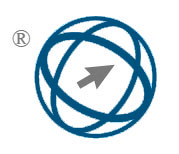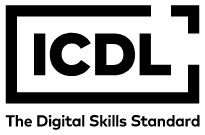A Comparative Analysis of Ensemble–Metaheuristic Algorithms for Copper Price Forecasting: The NGO-AdaBoost Hybrid Approach
Abstract
On international trade marketplaces, copper prices fluctuate a lot. Since copper is a valuable material, changes in its price may have an impact on certain nations' economies' ability to grow sustainably. The price of copper is a major issue for investors, policymakers, and futures traders. Governments and businesses that rely on copper mining must be able to forecast copper prices to make critical choices. This price is predicted in this article using an artificial intelligence technique. This paper proposes a hybrid forecasting model using the Adaptive Boosting model and the Northern Goshawk Optimization algorithm to enhance copper price predictions in terms of accuracy and reliability. A hybrid NGO-AdaBoost model was created to benefit from both the efficacy of ensemble learning and the exploratory potential of metaheuristic optimization. For this reason, time series datasets of copper prices from January 2014 to October 2023 were created using historical data, including open, high, low, and close prices and volume. Key metrics were used to assess the predictive accuracy of the model, and the results demonstrated high predictive accuracy with an R-squared (R²) value of 0.9919, a Mean Absolute Percentage Error (MAPE) of 0.6733, and a Mean Absolute Error (MAE) of 0.0268 on the test dataset. Additionally, comparative analysis shows that the suggested NGO-AdaBoost model outperforms other benchmark techniques and traditional forecasting models like Autoregressive Integrated Moving Average and Support Vector Regression in terms of prediction, accuracy, and stability. This confirms the model's capacity to capture the intricate dynamics of copper price volatility. The results demonstrated that the proposed hybrid scheme could more reliably and accurately forecast the price of copper than the other schemes used in this study. The research presented in this paper provides a reliable source for predicting future changes in copper prices.
Full Text:
PDFDOI: https://doi.org/10.31449/inf.v49i33.8468

This work is licensed under a Creative Commons Attribution 3.0 License.









